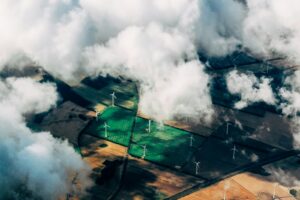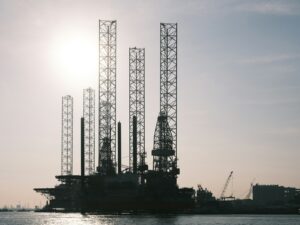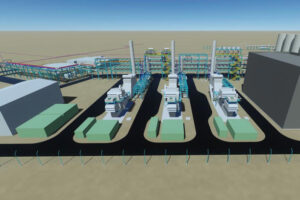Nuclear power and the COVID-19 crisis
Darren Walsh, head of power and Simon Naylor, an associate at law firm DWF write for Environment Journal about the future of nuclear power amidst the COVID-19 crisis.
The influence of the COVID-19 outbreak is likely to leave a lasting impact on the future of energy production, distribution and usage.
Reduced global power consumption due to worldwide lockdown has been one of the short-term effects of the pandemic.
However, long-term demand for electricity is not likely to diminish and governments (and their electorates) will be no less keen to ensure that their energy systems are reliable and more resilient than ever to future disruptions. So what is the future for nuclear power?
According to the IEA, the largest low-carbon source of electricity in Europe, North America and, soon to be, Japan is nuclear power and nuclear undoubtedly plays a major role in ensuring secure supplies of energy in many economies.
Nuclear power should be seen as part of any country’s energy mix; along with other sources of low carbon energy generation.
Whilst wind and solar have lower capital costs and shorter construction and commissioning lead times, they are less consistent and constant than nuclear energy generation.
Nuclear can provide a steady baseload of supply to complement other renewable energy generation technologies.
Third and fourth generation technologies have decommissioning designed into the construction, commissioning and operation of the facilities; so that the legacy decommissioning challenges we face from earlier generation technologies have been significantly mitigated.
Before the pandemic, there were challenges in finding suitable funding solutions for nuclear energy compared to the investment made in its greener alternatives.
Indeed, the low-carbon nature of nuclear power still goes unrecognised in most countries’ policies on clean electricity and frameworks for clean energy financing.
Even in countries where there is general support for nuclear, there is a growing probability that the role of nuclear power in their energy systems will be undermined.
A report published by the IEA in early 2019 estimated that ‘without investment to extend the life of the existing fleet, as much as two-thirds of nuclear power capacity in advanced economies could be gone by 2040’.
Will cash strapped economies be willing to pump extra investment into an energy source which continues to have its strong opponents? Does the current situation create better momentum for the booming renewable industry?
One of the main issues with developing new nuclear build is the long lead times for construction (typically around 10 years) and the start of generation, where capital expenditure and debt can be repaid.
The challenge for governments is to develop a suitable funding system which does not rely too heavily on public subsidy such that new nuclear can be compared, at least, within the same ball-park as other low carbon technologies such as off-shore wind and solar PV which have lower CAPEX costs and much shorter build lead times.
The UK Government’s consultation on the Regulated Asset Base (RAB) Model is one way of seeking to promote new nuclear build. The RAB model has already been deployed on other mega-infrastructure projects including the Thames Tideway and Heathrow Airport.
The World Nuclear Association (‘WNA’) is calling on governments around the world for further investment and to consider the benefits of nuclear and its socio-economic, environmental and public health benefits in energy systems and to enact policies to ensure the realisation of such benefits.
The Nuclear Energy Agency (‘NEA’) also recently made its case in a series of policy briefs that examine nuclear energy’s role in the post-COVID economic recovery. The policy briefs, published in June 2020, set out how the nuclear sector can:
- play a role in building low-carbon resilient electricity infrastructures;
- create a large number of highly skilled jobs across the world;
- prepare recovery plans to reconcile climate objectives with economic goals, including the reduction of system costs;
- encourage governments to incentivise investments in resilient low-carbon energy infrastructure and unlock finance for such projects.
The WNA recently published a report which adds to the NEA’s policy brief.
The report states that investment in nuclear would not only be socially responsible but also help to future-proof economies and societies.
The WNA further called for the government to accelerate the implementation of the 108 reactors which are already planned, as well as ensuring the continued operations for the 290 reactors which have been operational for 30+ years. Agneta Rising, the Director-General of WNA said: ‘there are ‘shovel-ready’ nuclear projects which, with the right support, could provide immediate employment and create long-term high-value jobs.
The wider energy industry largely credits nuclear for its role in ensuring the security of energy supply.
However, whilst those countries who maintain a diverse portfolio of clean energy technologies, including nuclear, count the cost of the pandemic, they also need to consider the investments to boost the economy. Which sources of electricity production will they choose to support?
Photo Credit – Pixabay















